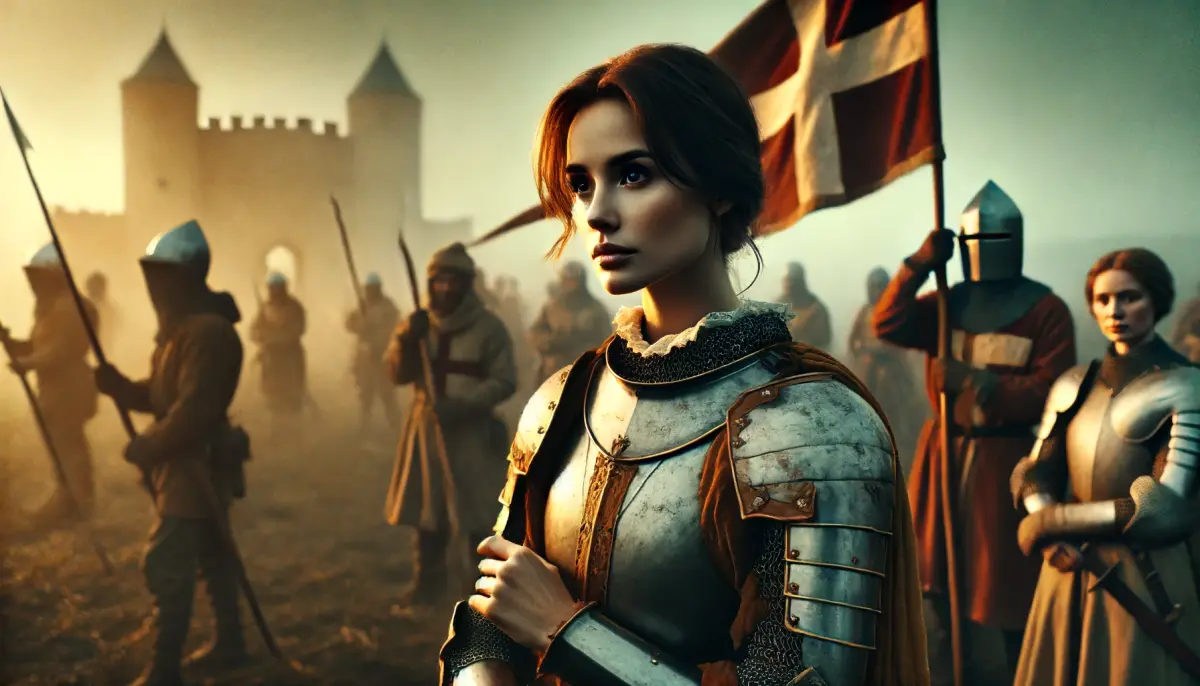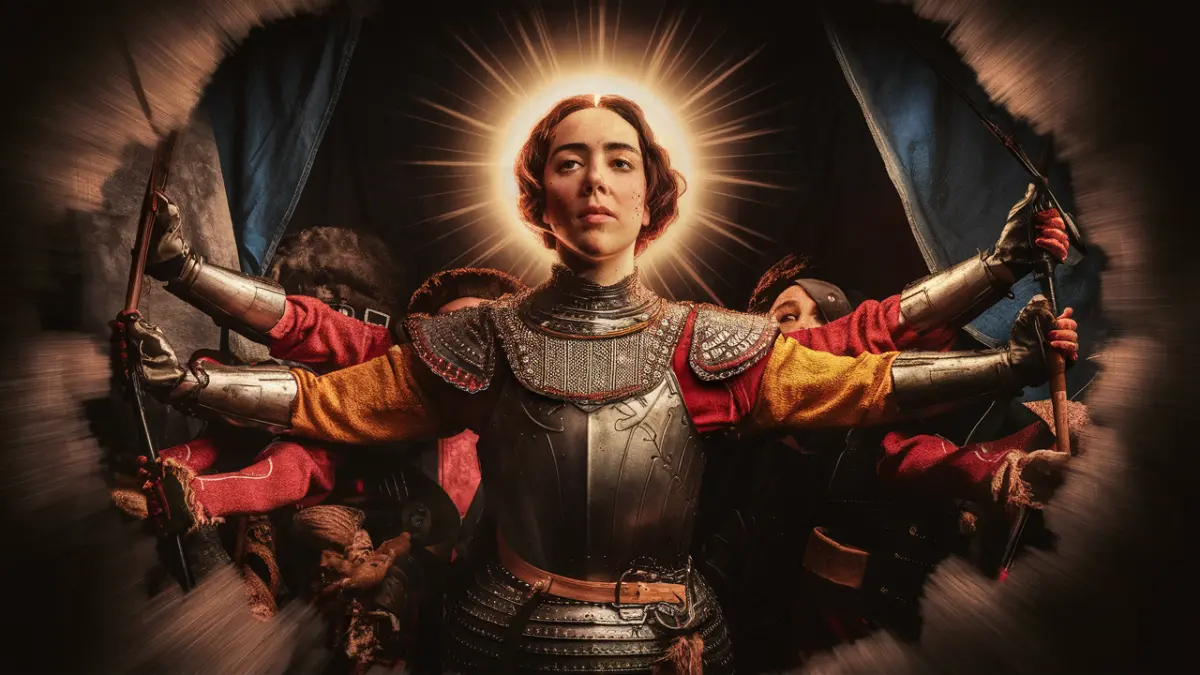10 Strange Facts About Joan of Arc Almost No One Knows

Ever thought you knew everything about Joan of Arc? Think again. This article dives into the quirky, fascinating, and little-known facts about France’s iconic heroine. You might find yourself surprised at what you didn’t know about her life and legacy.
Many know Joan of Arc as a warrior and a saint, but her story is full of unexpected twists. From her unusual inspirations to lesser-known moments in her life, her story is as complex as it is inspiring. By the end, you’ll see Joan of Arc in a completely new light.
Early Life and Upbringing
Joan of Arc's early years were steeped in the simplicity of rural life and strong influences from her family. These formative experiences shaped her path to sainthood and heroism.
The Village of Domrémy
Joan of Arc was born in 1412 in the village of Domrémy. This small town was located in northeastern France, in the Duchy of Bar. Domrémy was a quiet place surrounded by farmland and forests. The villagers were mostly peasants who worked the land.
Domrémy was on the border of French and Burgundian territories, making it a contested place during the Hundred Years' War. Despite the conflict around them, the people of Domrémy stayed loyal to the French crown. This loyalty influenced Joan's strong patriotism.

Family and Childhood Influences
Joan's parents were Jacques d'Arc and Isabelle Romée. They were tenant farmers who owned about 50 acres of land. This was a modest but respectable amount for peasants of that time.
Joan was the youngest of five children. Her family valued hard work and piety. From a young age, she was deeply religious and often visited the local church. Her religious fervor would later become one of her defining traits.
Her mother, Isabelle, played a significant role in her spiritual upbringing, teaching Joan about the saints and the importance of faith. Joan's upbringing was filled with stories of saints, which fed her imagination and spiritual growth.
Little did anyone know, this young girl from a small village would go on to change the course of French history.
Her Visions and Divine Guidance
Joan of Arc claimed to receive spiritual visions that guided her actions and decisions. These visions played a significant role in shaping her mission and life's path.
Saints and Their Messages
Everything kicked off when Joan was about 13 years old. She claimed to have heard voices while in her father's garden. These weren't just any voices—they belonged to saints. Saint Michael, Saint Catherine of Alexandria, and Saint Margaret became her spiritual guides.
- Saint Michael: Often depicted as a warrior, he likely gave Joan courage and strength.
- Saint Catherine and Saint Margaret: They reinforced her sense of purity and devotion.
These saints told Joan to drive the English out of France and support Charles VII in becoming king. No small task for a teenage girl, right? Joan's conviction was so strong that she convinced local leaders of her divine mission, eventually gaining an audience with the Dauphin (the future Charles VII).

The Turning Point
Joan's visions didn't stop at just whispers in the garden. They got her to the battlefield. In 1429, she led a French army to lift the Siege of Orléans. This was a big deal. Her presence and claimed divine inspiration boosted the morale of the French troops.
Key Moments:
- Siege of Orléans: Her first major military mission.
- Coronation at Reims: Guided by her visions, Joan led Charles VII to his coronation, validating her divine purpose.
Although the victories were short-lived, Joan’s sense of divine guidance never wavered. Even in captivity, she stood firm on her claims of divine inspiration until her death in 1431. These visions remain a compelling aspect of Joan’s legacy, mystifying and inspiring generations.
Military Campaigns and Strategies
Joan of Arc showed extraordinary skill in battle, leading to key victories that turned the tide in the Hundred Years' War. Her success wasn't just luck—Joan's tactics were smart and brave, designed to outwit the English forces.
The Siege of Orléans
The most famous battle Joan commanded was the Siege of Orléans in 1429. Orléans was under English control, a critical stronghold. Joan led a series of daring assaults, focusing on key positions.
Joan was struck by an arrow during her attack but kept fighting. Her presence inspired troops. By May, the English conceded. This victory lifted French spirits and began to shift the war's momentum in favor of France.
Clever Tactics and Bravery
Joan didn't just charge blindly into battle. Her tactics were considered innovative for the time.
Her strategy often involved surprise attacks and quick strikes. She knew the terrain well and used it to her advantage, making it difficult for the English to predict her moves. Joan's bravery on the battlefield won her the trust and admiration of her soldiers, which was crucial in ensuring their loyalty and morale.
These clever maneuvers and her personal courage made her a formidable leader and allowed her to win several important engagements in the war.
